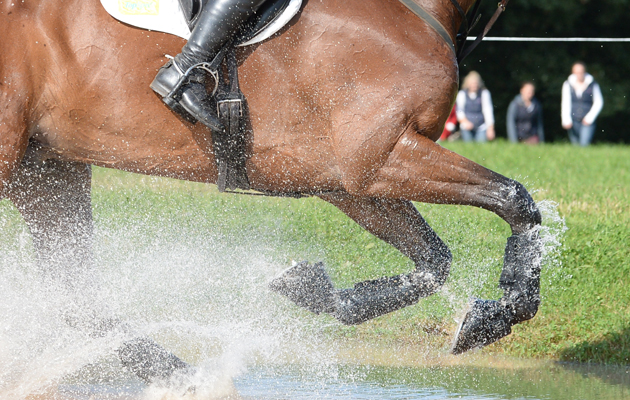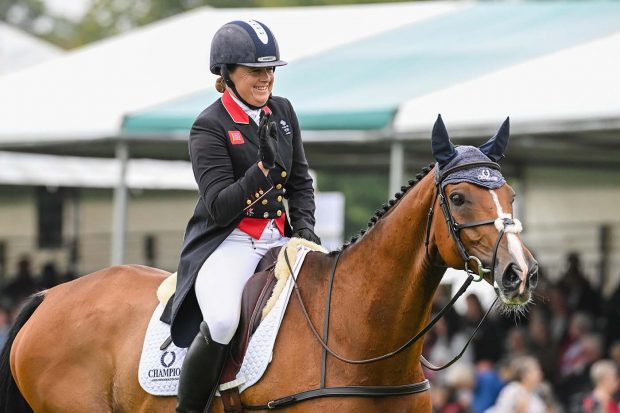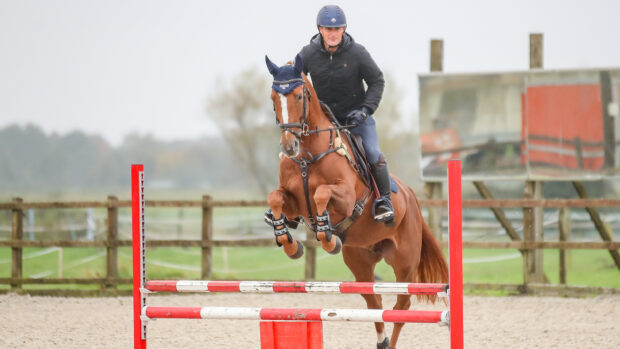Improve your cross-country skills with advice from the six-time Badminton winner — from being flexible with bits to making sure your horse sees the fence
1. A strong contact is difficult for the horse because he takes his head and neck through up to 180 degrees in order to focus on the fence in that last couple of strides and if he’s rooted by the contact, he gets taken out of that really good balance and position for jumping.
Across country you need to slip your reins a tremendous amount and the more difficult the course, the more you’re slipping your reins and having to ride from element to element on turns on a long rein — you have to pick up a contact, so you have to open your hand (make your hands wider to keep a contact with long reins) and find a way to that fence.
2. Make sure your horse sees the fence. Use your eyes, legs and hands as a triangle to channel him — think of your legs going to his eyeballs.
3. Remember the three “fs” — fun, focus and footwork. Those three things are what I want to train for.
I want to train for my horse to look what he’s doing, to take me to that fence and be clever in front of it. I’m not fussed if he’s wrong or right in terms of stride, his job is to get me to the other side of the fence, mine to stay in balance.
4. Horses need a framework of discipline. Within that framework, they become the artist they want to be. They jump how they want to, but I will make sure they don’t run out, that they keep the quality of pace they need, because I know what the fence looks like.
Continued below…
Liked this? You may also enjoy reading these articles…

9 common cross-country queries solved
We ask the experts to tackle some common

6 types of event horse you’ll find at every horse trials
The double clear jumper, the perfect FEI pony

Subscribe to Horse & Hound magazine today – and enjoy unlimited website access all year round
5. I rarely do an exercise twice, because the horse knows what’s going to happen, but I’ll try to build a similar exercise elsewhere.
6. A lot of people say if you ride a horse properly, you don’t need to change the bit, but in my experience of teaching if the horse is 12-years-old you want to go out and do something, so you have to find a way to ride it, a way to help you find a balance. If the horse is comfy in their mouth and respectful enough, and not really hating the bit, you have half a chance, so I’m very flexible with what I use in terms of bits.
7. When doing cross-country exercises, halt in a straight line after the final fence.
8. Cross-country doesn’t always go as planned, so if someone walks across a fence in training or a dog turns up in the field, keep going. There’s always a dog, or a fence judge’s car or a shadow over a fence when you’re competing. Your reaction should be that you’ve got to work it out, not that this isn’t fair.
For all the latest news, reports and analysis don’t miss the latest issue of Horse & Hound magazine, out every Thursday




